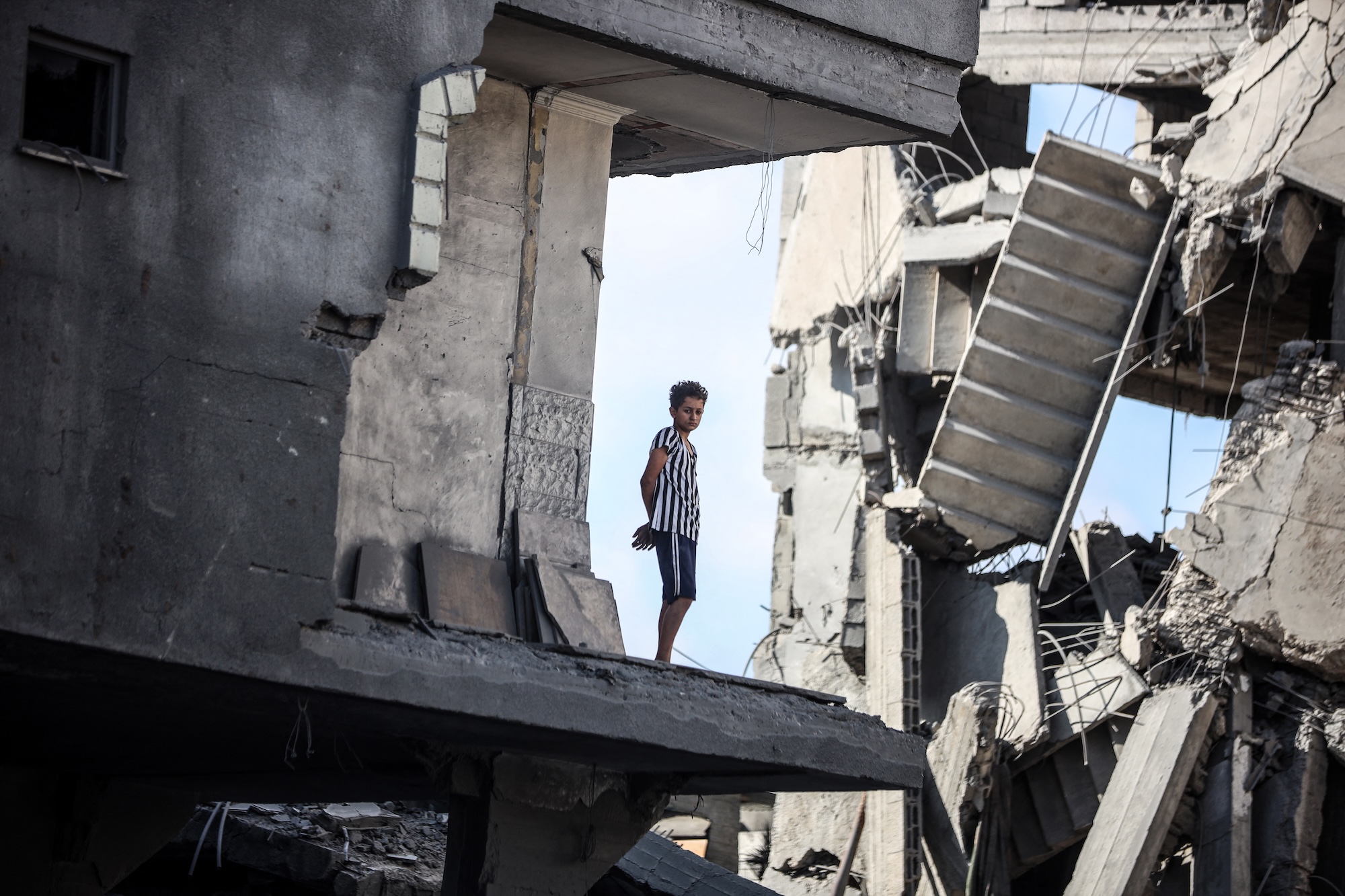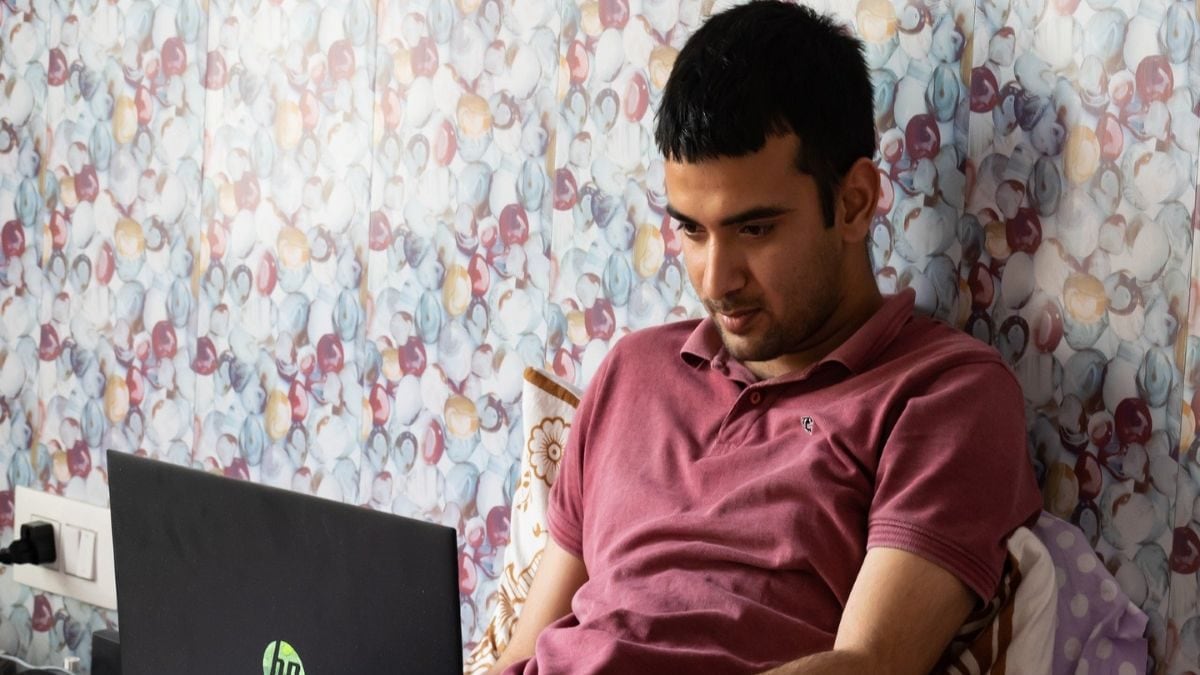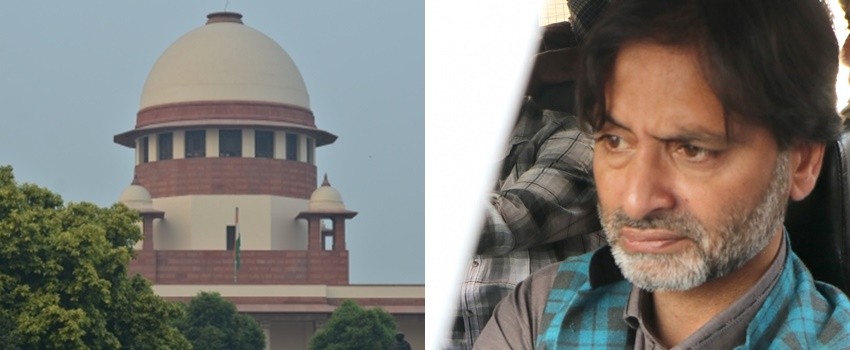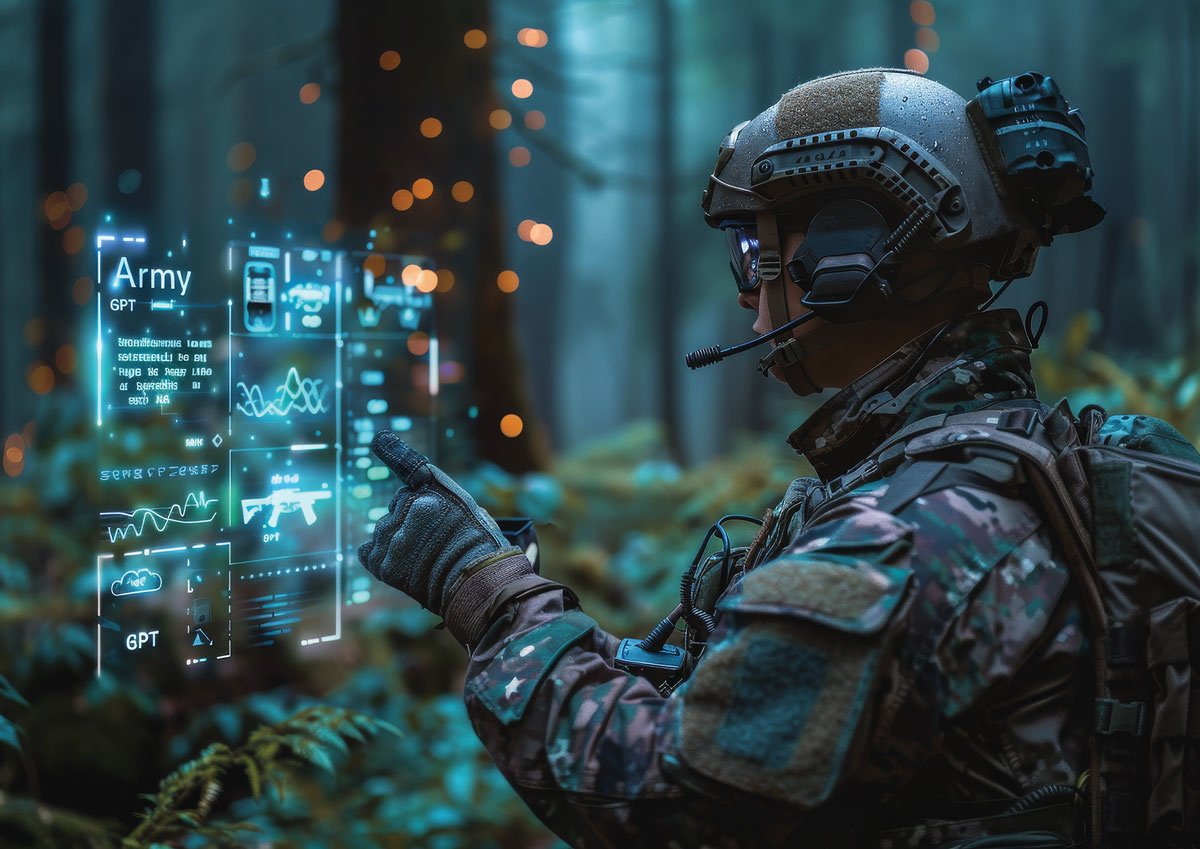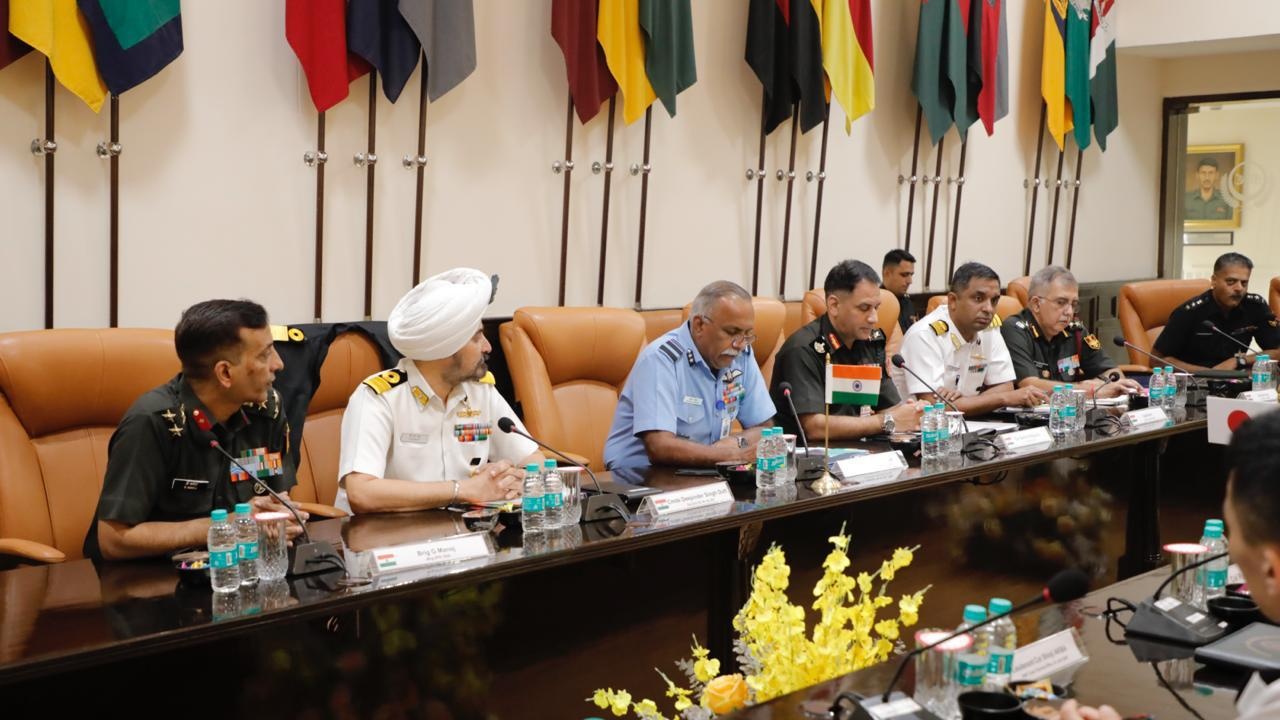US Vetoes UN Resolution Calling for Ceasefire in Gaza, Citing Hamas Concerns
In a significant development at the United Nations, the United States exercised its veto power on Wednesday, blocking a proposal…
Trump Nominates Matthew Whitaker as NATO Ambassador, Promises to Put America First
In a significant political move, President-elect Donald Trump has nominated Matthew Whitaker as the United States ambassador to NATO, a…
Indian Navy INCET 2024 Admit Card Released; Exam Scheduled from November 27 to 29
The Indian Navy has officially released the admit cards for the upcoming Indian Navy Civilian Entrance Test (INCET-01/2024). Candidates who…
Supreme Court Affirms Yasin Malik’s Right to Fair Trial in IAF Officers’ Killing Case
The Supreme Court of India has emphasized the right to a fair trial for Kashmiri separatist leader Yasin Malik in…
Strengthening National Security: The Urgent Need for a Robust Domestic Semiconductor Industry
The geopolitical landscape is becoming increasingly volatile, as conflicts in the Middle East escalate, Russia's invasion of Ukraine approaches its…
India and Japan Conclude 2nd Joint Services Staff Talks, Strengthen Defence Cooperation
Marking a significant step toward regional peace and security, the 2nd India-Japan Joint Services Staff Talks (JSST) concluded successfully on…

